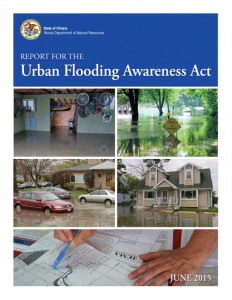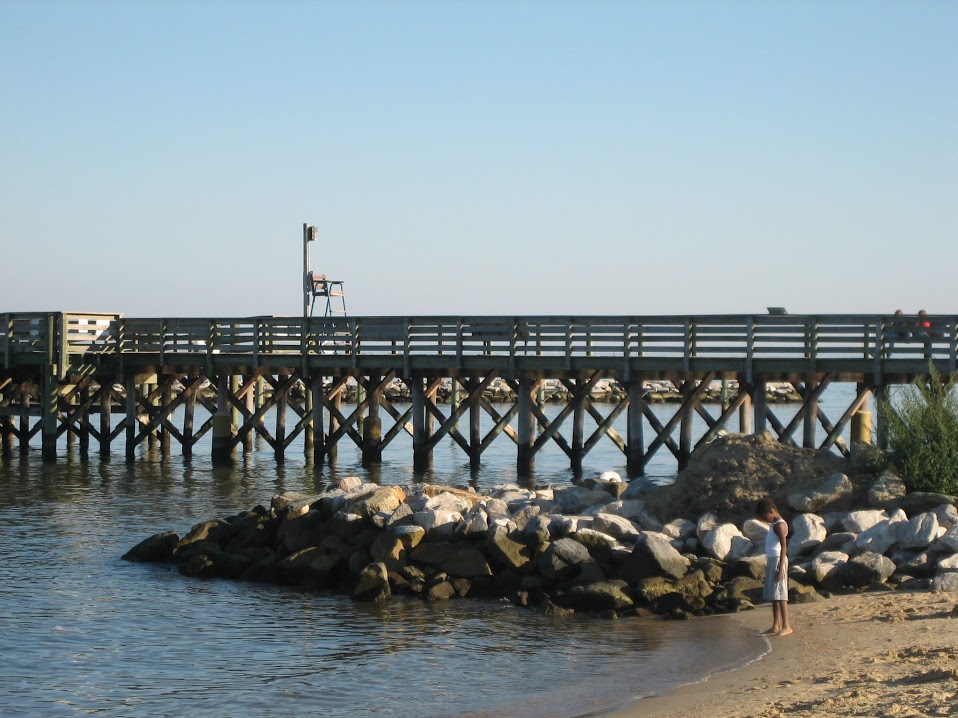 On July 6, the Illinois Department of Natural Resources (IDNR) released a report examining the prevalence and costs associated with urban flooding in Illinois, along with strategies and recommendations for minimizing property damage and other negative flooding effects. IDNR prepared the report in collaboration with other state agencies as mandated by the 2014 Illinois Urban Flooding Awareness Act.
On July 6, the Illinois Department of Natural Resources (IDNR) released a report examining the prevalence and costs associated with urban flooding in Illinois, along with strategies and recommendations for minimizing property damage and other negative flooding effects. IDNR prepared the report in collaboration with other state agencies as mandated by the 2014 Illinois Urban Flooding Awareness Act.
Documented damages from flooding in urban areas in Illinois totaled more than $2.3 billion between 2007 and 2014, of which more than $1.2 billion in private claims typically represented basement flooding and sewer backups. The report found that urban flooding is most common in older sections of communities with aging sewer systems.
The report reveals that more than 92% of Illinois flood victims live outside any designated floodplains. The study, prompted by research from the Center for Neighborhood Technology (CNT), dispels the myth that flooding is primarily the result of rivers and streams overflowing their banks. Local urban flooding that happens outside of the floodplain is the periodic inundation of property in densely populated areas even after moderate rainfall events, which occur with much higher frequency than large storms. Local urban flooding is increasing partly because of climate trends but also because of old, inadequate drainage systems and the overabundance of impermeable surfaces.
“The implications of this research for Illinois disaster preparedness are enormous,” said Kathryn Tholin, CEO of the nonprofit CNT. “We have, for decades, been spending large amounts of taxpayer dollars to solve only one part of the flood damage problem. With this new information, we can adjust our policies and invest our resources in a way that protects a much larger group of flood victims.”
The report suggests such urban flood solutions as green and gray infrastructure, increasing open space in areas of redevelopment, and updating aging, undersized storm sewer systems. The report also recommends that communities implement programs to reduce urban flooding risk and damages. Individuals can purchase sewer and basement riders from private insurance providers and flood insurance through the National Flood Insurance Program. The state can provide incentives to communities, including access to grants and revolving funds, to address flooding issues.
The report makes 33 recommendations, some of which the IDNR is already working on with other state agencies. Additionally, while endorsing the report’s recommendations, CNT has also laid out four priority areas for immediate action.




